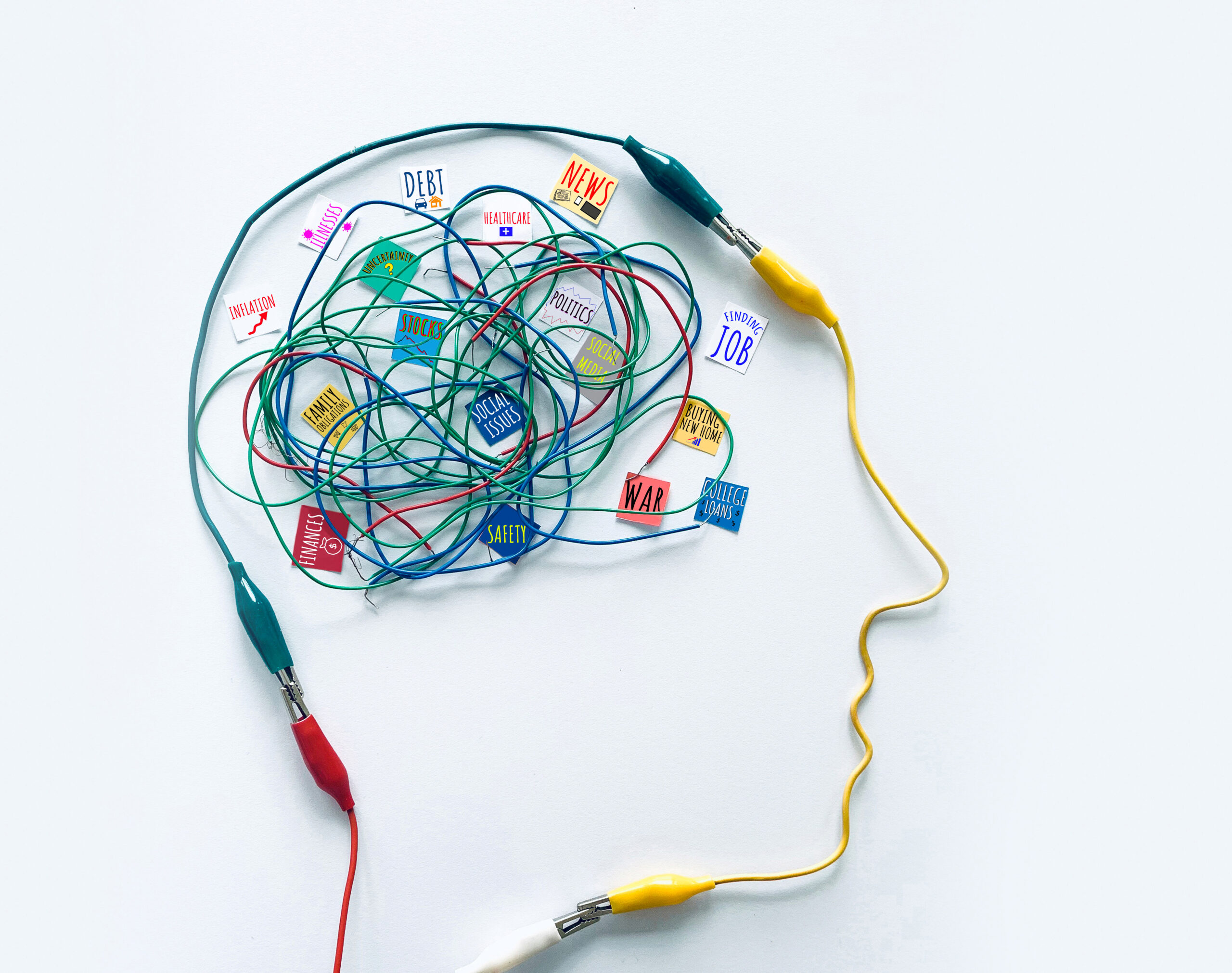Groundbreaking AI ChatGPT has erupted on the collective consciousness as a savior or, depending on your perspective, as satan. Most of us understand, it is probably neither and both.
Yet, as more and more people flock to ChatGPT, many declare it remarkable thus attracting even more attention. As the appeal of ChatGPT broadens, there are a plethora of unabashed champions who extoll its virtues yet these converts are unattuned or unconcerned about where it can and will likely to go wrong – functionally and ethically.
This is why it is worthwhile to have an informed understanding of ChatGPT before we embrace the technology; the pros; the cons and the broader ethical concerns that should alarm us all. The insights I share here is based on two years of development at our company to understand the important must-know’s of ChatGPT for marketers.
What is ChatGPT – really.
The letters GPT stand for Generative Pre-trained Transformer and the “3” is the version we are functioning at now.
Importantly, GPT-3 is a language prediction model which is an algorithmic structure designed to take one piece of language (an input) and transform it into what it predicts is the most useful following piece of language (output) for the user based on all the previous data it is has been fed.
Technically, GPT-3 is really creating original text – not just a rehash of what has been previously created by “whoever.”
Simplistically, ChatGPT uses GPT-3 to respond to inputs, questions and requests with the ease of a chatbot but with more depth and accuracy.
Under the technical hood.
There are many diagrams to explain how it works but at a most basic level, GPT-3 builds content by understanding how language is constructed, such as sentences or poems. It has a semantic analytics layer so it understands the context of a sentence using a VERY large language model based on 175 billion parameters of sentence completions.
Here are a few under the hood details about the main language engines that OpenAI uses to create generative content;
- Davinci is very very smart as an extrapolator but not fast. It can execute higher level complex intent cause/ effect outcomes. Using this engine requires sophisticated tech chops.
- Curi is fast for simpler but complex tasks like language translation, customer service and sentiment analysis. Like Davinci, this engine also requires deep technical skills to be useful.
- ChatGPT is one of the lower function, completion models, called InstructGPT. The reason ChatGPT got so much attention is that they added a “chat” front end so anyone can use it (unlike DaVinci or Curie which require tech skills). In effect, it is basic generative engine with a chat UI on top. If you chat with ChatGPT, it is likely you will know it is chatbot.
That said, OpenAI is both open source (available for all) and a black-box system too. There are few details about how its algorithms works so there’s no way to see how the engine “thinks.” This matters because even though you might put in the same input in two instances, you will get two different outputs. This is a yellow flag moment because it could be tough to detect when the AI has gone “rogue.”
How to use ChatGPT for marketers – in practical terms.
ChatGPT can write ads, blogs, social posts and even technical white papers. With so much hype, when is it ok to let the ChatGPT take the reins?
1. Brainstorming – yes. Truth-seeking – no.
ChatGPT learned to re-create human language by scraping masses of data from the internet. There is no source of truth database. In fact, if someone wanted to inject into the Internet at scale the idea that 2 + 2 = 5, eventually that wrong results will make its way into the engine.
This is why you can never trust the model to give a correct answer, especially to highly technical content. Rowan Curran, a machine learning analyst at market research firm Forrester said: “… large language models like ChatGPT are notorious for issuing ‘coherent nonsense’ — language that sounds authoritative but is actually babble.”
While you need to double facts coming out of ChatGPT, if can be useful for inspiration. Stuck on article headlines – ChatGPT can generate dozens that may point you in the right direction. Need a new name for a new company – ChatGPT can generate options endlessly or until something stands out as a winner. Want copy options for an email, with the right prompts, ChatGPT can be an excellent email content producer.
Key lesson, use the output to spark your new ideas – not as a source of truth.
2. Marketing Personalization
Mass customization has been a core marketing concept for decades. It meant brands would create communications or offers that were unique to an individual.
ChatGPT can collect data that captures customer preferences and use that data to make personalized recommendations on products and content. Marketers can also integrate AI to be interactive, with quizzes and games, so customers can have a positive and engaging experience. Based on collected data, ChatGPT can recommend services, products, content and even deliver personalized ads in discreet media (like email).
3. Customer Engagement
Related to the point above, ChatGPT can aggregate user preference data to create more personalized support experiences. ChatGPT can deliver personalized experiences from chatbots to customer support specific to that user’s configuration. Chatbots can engage with visitors, with canny human-like response to provide information about products and services and collect preference information for lead generation purposes.
4. eMail marketing
Using ChatGPT for email marketing is a great application of this technology because it can iterate many versions of emails and subject lines that can be tested for effectiveness.
Plus, ChatGPT can create testable customer segments by analyzing consumer behavior, common behavioral patterns and user interests. The efficiency of ChatGPT to create variations of emails and offers, accelerates a marketer’s optimization journey to yield the best outcomes for the investment.
5. Content exploration and production at scale for cost savings
One of the biggest tasks for marketers is content creation. What should a brand talk about? What is important to audiences? What are current content trends that are monetizable?
The optimum use case of ChatGPT for content development is if a brand understands the optimal topic themes to focus on so ChatGPT can develop content quickly and eminently more productively.
A best practice is to pair ChatGPT with topic data solutions like Topic Intelligence to pinpoint topics that are worth investment due to their conversion capability. Once topic data is available, ChatGPT can create the quality content at scale. A white paper that might have taken two weeks can be completed in a couple of hours.
ChatGPT’s key cost savings advantage is the ability to create well-directed content more cost effectively versus lots of people creating articles from scratch. This does not mean humans can be replaced. Far from it. With technology, it is humans who transform AI generated content into high quality content that moves people.
6. Market research.
Market research is a core function of a high performing marketing team and ChatGPT can create more testable variables for market research for such critical functions as:
- Creative testing via A/B/C spilt testing
- Conducting surveys and polls with ChatGPT creating the questions based on key business goals
- Testing target demographics with custom questions for individual segments based on current data that includes conversion data
- Brand positioning research with more variations created efficiently by ChatGPT. (Sidebar note: DALL-E 2 also from OpenAI is a deep learning model to generate digital images from natural language descriptions called “prompts.” This allows a brand to quickly create animatics for testing with economic ease.)
7. SEO
SEO is an important marketing battle and is often a war of attrition – the brands with the deepest content wins. ChatGPT can be game changing because with conversion topic data in place, ChatGPT can help dominate those topics that really matter for brand conversion.
Tactically, specific SEO tactics to benefit from ChatGPT are:
- Topic/ theme optimization: The AI will optimize topic data by executing content development at scale for applications like web content and search advertising. This eliminates the need to constantly chase keywords for use in all sorts of marketing content.
- Meta descriptions: ChatGPT can use its data to generate meta descriptions for web pages that can improve the discoverability of web pages.
- Link building: This is a critical function but hard to execute. ChatGPT can identify pages with high back linking potential or even find guest blogging opportunities. ChatGPT can then develop the outreach email to cover more ground – faster.
The dangers ahead – seriously.
All the potential benefits of AI engine come with commensurate dangers that are not trivial. Here are the most worrisome gotchas.
1. Content SPAM to dominate a topic. A bad actor can fill up the Internet up with garbage on a topic and ChatGPT and all other LLM’s (Learning Language Models) will eventually repeat it. Imagine a disreputable player wants to win by flooding the Internet with fake facts. ChatGPT makes that eminently more viable – at scale.
2. ChatGPT does not know facts from fiction. There is no truth database that it uses to verify the facts of the content it is creating. It only “knows” statistically what the next word should be based on what it saw in the past. It is conceivable that with enough effort someone could get ChatGPT to say the sky is red and the oceans are polka dots. One can easily understand how this can wreck havoc.
3. New definition of great creative. ChatGPT requires we define what is considered great writing. Does it have to move you emotionally? What emotion? To what degree? These are now actionable questions because ChatGPT can reflect the tone, attitude and personality of the user’s inputs.
4. Impact on human labor. Will ChatGPT replace human creatives efforts? Absolutely not. Mediocre writers will be helped by ChatGPT but true creative writers can transcends their own limitations because of ChatGPT’s versatility allows for greater creative exploration. AI removes friction in creative process for improved efficiency but it will not replace the creative heart and mind.
5. ChatGPT is not a learning engine.
This is a confusing but important point. Yes – ChatGPT does improve its output over time using AI but it can only “learn” based on whatever data it already has.
It can’t integrate feedback data into the engine.
Simple use case to illustrate the point. ChatGPT can create a resume based on what it knows a resume should look like but it cannot create a resume integrating new data about which resumes got the job and which didn’t.
The future.
Today, it’s fair to say that ChatGPT produces results that are leaps and bounds ahead of what we have seen previously in AI generated content. That said, the limitations of ChatGPT are confined to what has been pre-fed into the engine.
Where do we go from here?
“In the future, brands will train their own models so they can control the knowledge of the engine, the input, way it is processed, and the desired output. Once ChatGPT goes from a general engine to a branded engine – then marketing applications will be far more productive,” explained Ric Navarez, CTO of The Trust Web, (our corporate company).
Perhaps in the future as generative AI gains traction, we will see the rise of a new category of “creative engineers” who merge creativity with specialized training in the use ChatGPT to co-develop breakthrough creative.
However this plays out, this future is closer than you think.
Author’s note: It’s certain some of you may be wondering; “Was this post was written by ChatGPT?” The answer is yes and no. We use the Davinci model in our tech stack so the AI did inform the details in the article but the context was constructed by a human.





